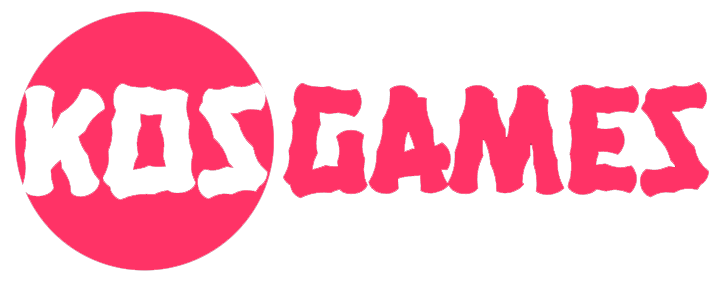Welcome to the world of pixel art, where every dot counts and creativity knows no bounds. Pixel Studio has emerged as the go-to tool for artists looking to bring their visions to life with precision and ease. In this guide, we’ll explore the essential key shortcuts and navigation tips to help you master Pixel Studio and elevate your pixel art game.
Key Shortcuts for Pixel Studio
Here’s a rundown of the most important ones:
- P – Pen tool. for making art.
- E – Eraser tool.
- I – Pipette, for selecting a color on the canvas. Switches to Pen tool after being used.
- W – Magic Wand, select groups of neighboring pixels.
- Ctrl + Z, Ctrl + Y – To undo and redo actions.
- G – Gradient Tool, creates gradients based on highlighted pixels.
- D – Dithering Pen, make pixels darker or lighter.
- Alt + E – Eraser Pen, basically just like the pen tool.
- Alt + B – Brush Tool, which can be used to quickly lay out patterns of pixels.
- Alt + S – Shape Tool, for quickly creating pixel circles, squares, and more advanced shapes.
- Alt + G – Grid Tool, displays a grid (can be customized in the settings.)
- T – Text Tool, for putting down text.
- M – Move tool, for moving a selection of pixels around.
- L – Opens the Layers Toolbar, for managing art layers.
- A – Opens the Animation Toolbar, for managing animation frames.
- Shift + C – Clone tool, clone a selection or animation frame.
- S – Select Rectangle tool. Click and drag a portion of your pixel art to move, rotate, or delete it.
- B – Paint bucket, cover the canvas or an enclosed portion with one color.
- R – Color Replace, replaces all pixels of the same color.
Conclusion
Pixel Studio is more than just a pixel art editor; it’s a canvas for your imagination. With these key shortcuts and navigation tips, you’re well on your way to creating stunning pixel art that stands out from the crowd. Remember, practice makes perfect, so keep experimenting and honing your skills.
